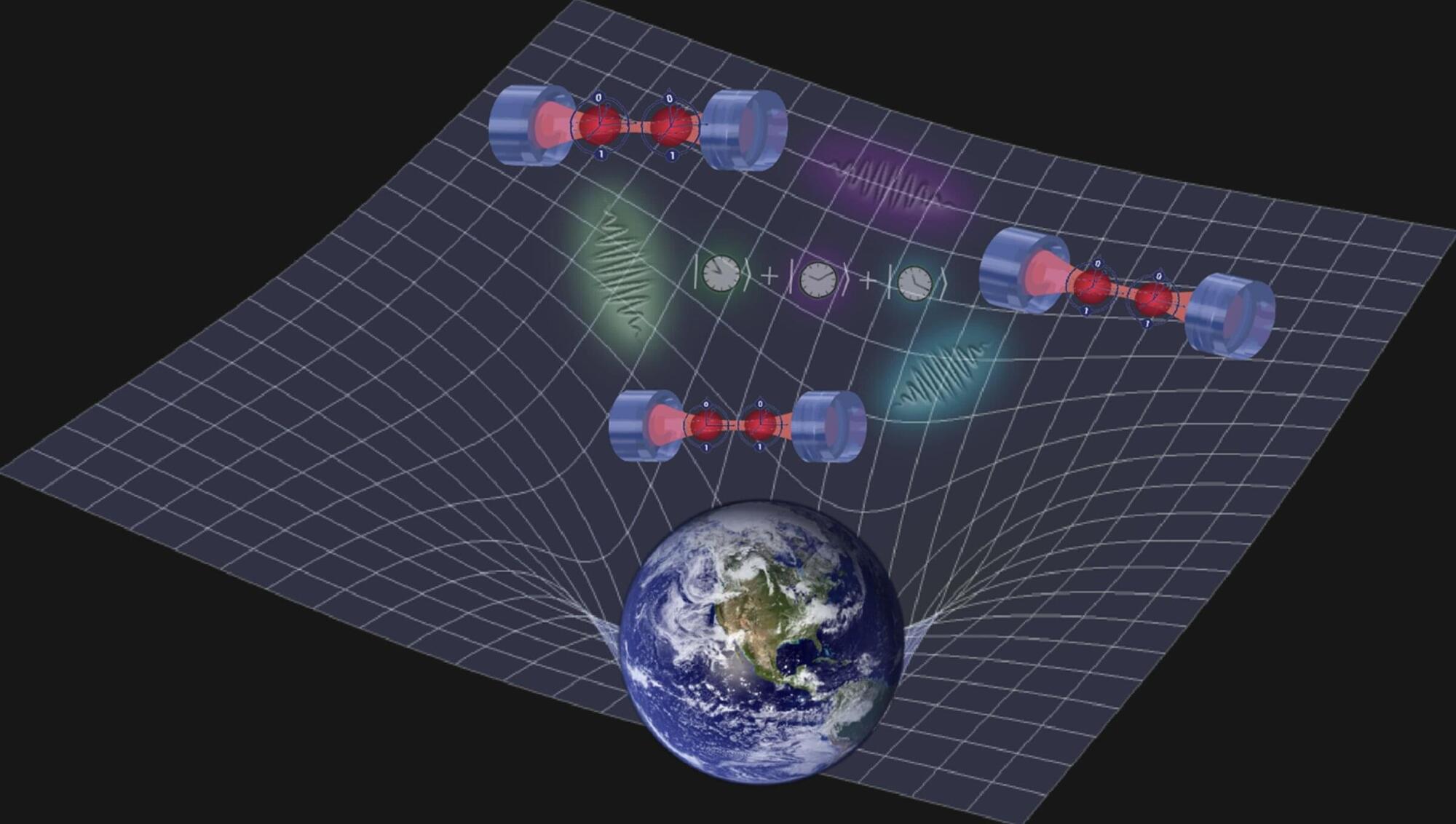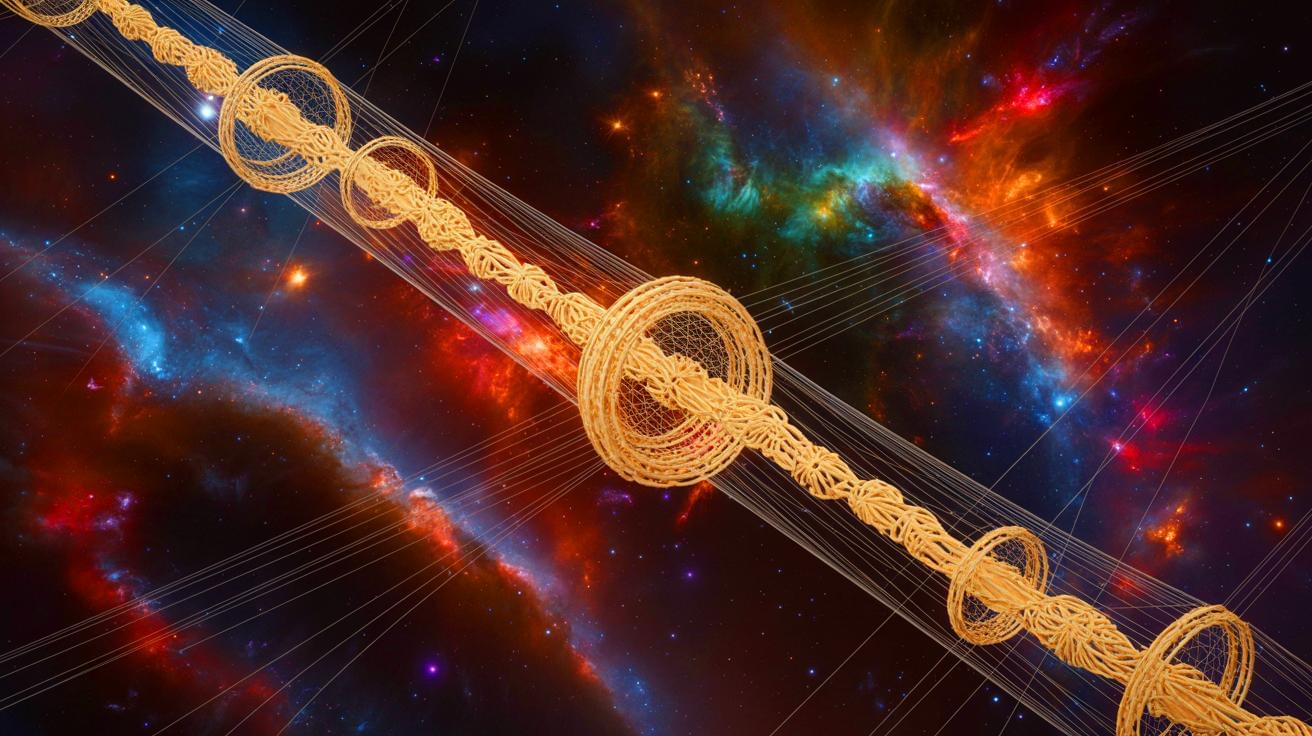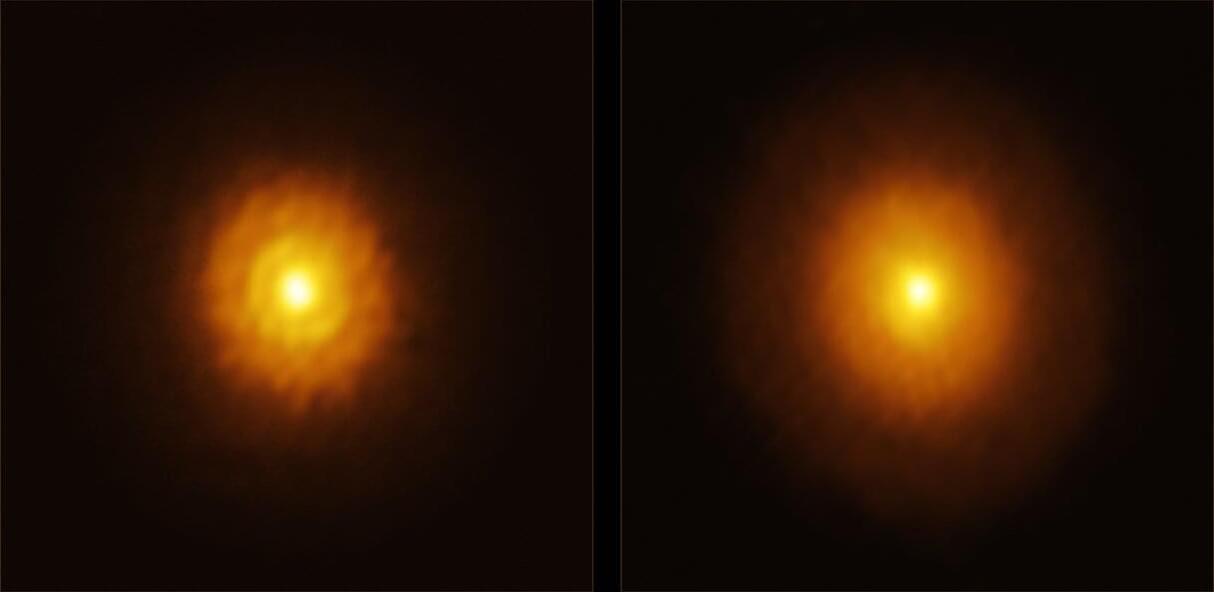Researchers at The University of Osaka have developed a novel method for generating ultra-high magnetic fields via laser-driven implosions of blade-structured microtubes. This method achieves field strengths approaching one megatesla—a breakthrough in compact, high-field plasma science.
Ultrastrong magnetic fields approaching the megatesla regime—comparable to those found near strongly magnetized neutron stars or astrophysical jets —have now been demonstrated in theory using a compact, laser-driven setup.
A team led by Professor Masakatsu Murakami at The University of Osaka has proposed and simulated a unique scheme that uses micron-sized hollow cylinders with internal blades to achieve these field levels. The research is published in the journal Physics of Plasmas.








